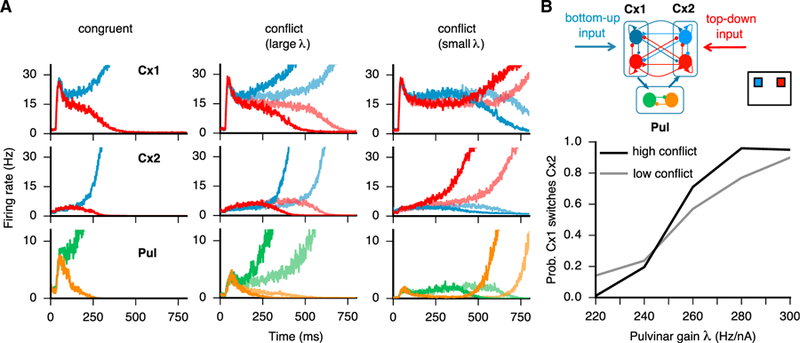Figure 4. Pulvinar-Mediated Effective Connectivity between Cortical Areas Resolves Conflict in Decision Making.

(A) Conflict resolution in the pulvino-cortical model. In the congruent scenario (left), bottom-up and top-down inputs target populations with the same selectivity so that a consistent decision is made. In the conflict scenario (middle and right), bottom-up input favors the blue excitatory population in cortical area 1 and top-down favors the red excitatory population in cortical area 2, resulting in inter-areal competition. For large λ (λ = 290 Hz/nA), the effective feedforward pathway connecting cortical area 1 to 2 is preferentially biased so that the choice reflects bottom-up information (middle). For small λ (λ = 220 Hz/nA), the effective feedforward strength is decreased so that the choice reflects top-down input (right). High (c′ = 20) and low (c′ = 10) conflict trials are shown in thick and thin lines, respectively. (B) Schematic of conflicting stimuli and responses in the pulvino-cortical circuit (top). In the conflict scenario, the probability of cortical area 1—bottom-up recipient—enforcing its encoding to cortical area 2—top-down recipient—depends on the value of the pulvinar excitability λ and on the conflict level c′ (bottom).
